Squad Goals: A Team for a 250 Mile Race
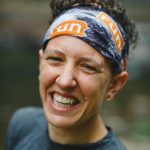
Share This Article!
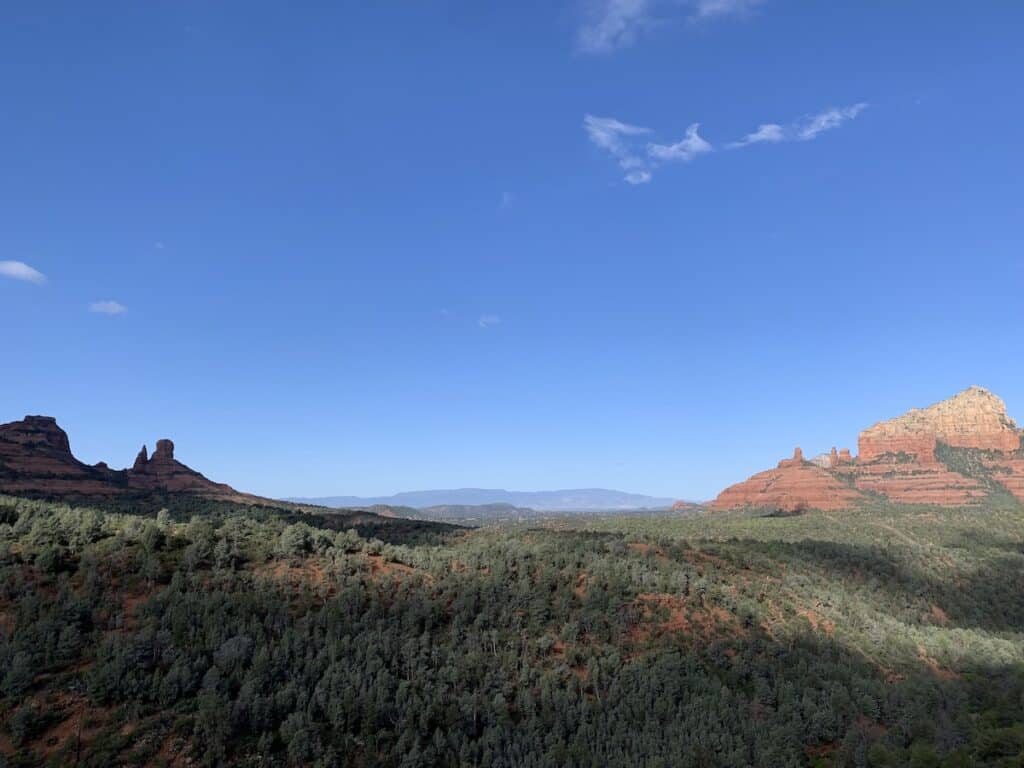

I came into Mingus camp in the dark.
It was the second night of my race and the exact time had ceased to matter. It was just light and I needed sun protection, or it was dark and I needed layers and a headlamp. My crew chief, Lauren, was waiting in the indoor aid station, and I informed her that I had dropped my pacer on the climb (which I could only do because he had kept me engaged and positive for the 40 miles prior) and asked where my next pacer was. Lauren informed me that my pacer had canceled, but luckily we had a new pacer, Sally. Sally’s runner had been timed out on the first day and she was still interested in pacing, so she was making the drive from LA to meet complete strangers in the woods, pass one of them her car keys and follow another one of them (me) for tens of miles through the wilderness. You gotta love ultra-runners!
I was in the midst of my longest “run” to date, the Cocodona 250. There are people who do this race with a crew or pacers, and I have much respect for them. For myself, I knew that even though I’ve done 100 miles solo this race would require that I have a squad. As difficult and time consuming as the training for this race was, and then actually running the race, I still think the logistics involved in putting together a team to help you through a race that ran during the week for up to 5 days may have been the most difficult thing about the adventure.
I was lucky that my coaching client and friend, Lauren, dedicated a week of her PTO to my adventure. She was the person who was there for all the ups and downs of the journey. She prepped my food and timed my naps. She took over and communicated with the medical team when I had a bad patch at mile 150 (more on that later). She was coordinating pacers even as the race was going on. On the final day of my run she went to three different Starbucks to try to find me an oat milk mocha (who knew a Starbucks could run out of mocha) and then sped past a state trooper to meet me at the aid station on time. She even endured a temper tantrum in the wee morning hours of my last day on the trail where the balance of too little sleep and too many miles flipped the switch into toddler brain. I’m honestly surprised it was the only time I was truly miserable the entire adventure, and I’m glad that Lauren knew I didn’t mean any of it.
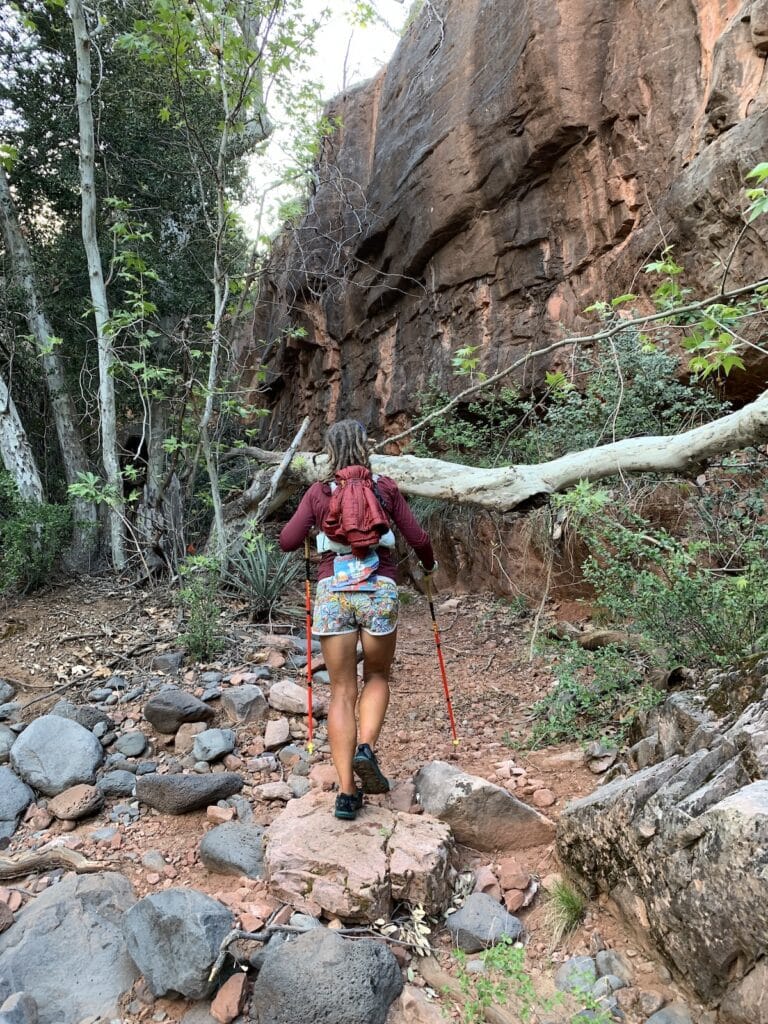
For the rest of the adventure there was a rotating cast of pacers. Some I knew well and we caught up on life, others I got to know better, and as in the case of Sally some were complete strangers up until the point that we met at an aid station. They kept my spirits up. They kept me awake in the wee hours when sleep-running set in. They made sure I ate and drank. They texted ahead with instructions to my crew in the aid station. Perhaps the most amazing thing for me was that every time I thanked one of them for being a part of my race, they thanked me for having them be there.
At mile 150 my crew and pacers really got a chance to shine. I had struggled in a hot, exposed section of trail between mile 135 and 150. I’m usually pretty heat tolerant, but I’m usually not 135 miles into a race. My crew chief was unsure about the safety of having me go on. My calves and ankles were hugely swollen, and she was worried about compartment syndrome, so they called in the roving medic. Their best guess was that my electrolytes were severely off, my resting heart rate was 95, my body was radiating heat like a furnace, and they wanted me to go to the ER. Sally climbed in the back of the 4Runner with me and rubbed my back as I cried. Lauren looked at the EKG with the medics and talked about what they saw. My crew and I managed to work out a bargain. I would drink a bunch of electrolytes and rest for 4 hours. The medics would come back and check on me. We would go from there. I still had to sign a form that said I understood they wanted me to go to the hospital and that I had refused.
When the medics showed back up my swelling had gone way down and my resting heart rate was back to 75…although when I stood it spiked to 120 because my body was working so hard just to stay upright. Still, the medics said I was ok to go on, the problem was that now I felt so defeated that I wasn’t sure I WANTED to go on. I had been in the aid station for 7+ hours, I felt impossibly behind and my body felt spent. When I went to the bathroom my pacer Colleen and Lauren conspired against me and were ready for my protests.
“I don’t think I can do this. I can barely stand, and I need to go 100 miles in 60 hours.”
“We’re not going to think about that. We just need to move towards the next aid station.”
“Colleen, you need to leave by 4am. I don’t think we can make it to the next aid station by then.” “It doesn’t matter. We just need to start hiking and I’ll figure it out.”
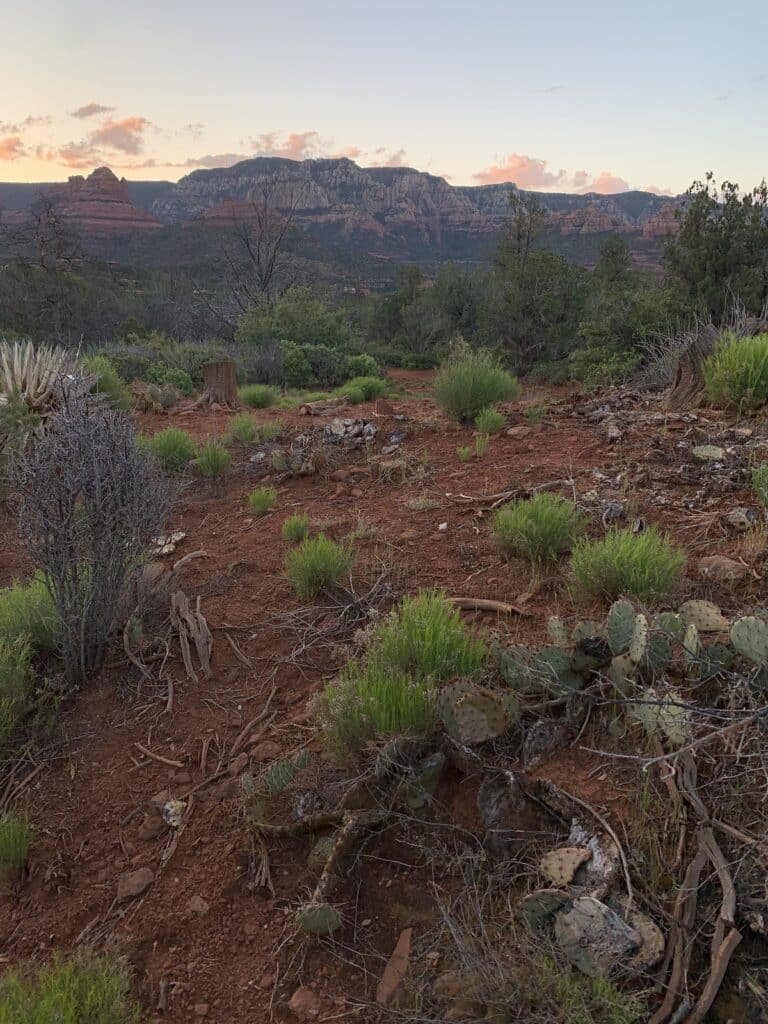
They put on my pack and we started hiking. I should mention here that Colleen had also paced another friend the day before, was working, and was going on just a few hours of sleep. And she was giving up another night of sleep to get me towards my goal one step at a time.
When Lauren texted her 30 minutes later I was running again.
The fact that I was laying in the back of the car feeling like I was dying and then somehow managed to go another 100 miles and finish the race is part testament to my stubbornness, part testament to the how amazing the human body is, and part testament to every single person on my crew that helped me get there. While Colleen and Lauren were there for that pivotal moment where I almost gave the whole thing up, every single person who showed up for me that week to crew, pace and cheer played a huge role in my ability to experience the adventure. I can honestly say that overall I thoroughly enjoyed myself, what a privilege to be able to spend days with nothing to worry about but eating, drinking and moving while spending time with some of the best humans I know.
All of us have a squad that supports us in life, both running and everyday, and sometimes we get to the point in our racing journeys where we need that squad to help us finish the event. When that occurs, here are my tips for building your squad.
- Don’t be afraid to ask. I think sometimes we hesitate because we don’t want to put people out or ask too much. However, I would ask you to flip the situation and think about how you’d feel if someone asked you to be part of their crew for a race. Give someone the gift of feeling that way about your race. I have constantly been amazed by the generosity of friends and strangers. We humans like to think we’re lone wolves, but we all need each other, and we need to be needed.
- Have honest conversations. Make sure people know what you are asking of them, and that they’re not committing to more than they reasonably can. It’s better to have an upfront conversation of exactly how much they can or can’t commit than to have a last minute change of plans.
- First and foremost protect your energy. You want people who are going to be supportive and positive during the adventure. Don’t feel obligated to include anyone you don’t want there. This is your race and you’re allowed to be a little selfish. Trust me that it’s better to have that difficult conversation ahead of time than in the middle of your race.
- There is no room for drama queens (or kings), except maybe you. You are going to have low moments. You might do or say some things that are mean and not even realize it. You may have times when you are emotionally drained and in pain and you don’t want to go on. You need someone who can understand that what you say and do is not about them. They need to love you enough to put up with your bullshit, and to look you in the eye when you’re hurting and tell you to get your ass moving.
- Safety first. Maybe I should have put this higher up on the list. When I had to make the decision at mile 150, I knew that I could trust my crew to take care of me. It seemed scary and daunting to go back out, but I also knew that if they said I should go it wasn’t unsafe. Make sure your crew understands before the race just how far you’re willing to push, and what constitutes a valid reason to DNF. That way when the shit hits the fan during the race, they’ll be able to help you make the call.
- Have fun! We all GET to do this. Everyone showed up of their own free will. We’re here as runners and crew and pacers to celebrate not just a race, but the bonds that our crazy sport forms. There will be low moments, but overall it’s an amazing experience you get to share with amazing people and you should all enjoy every single wonderful terrible minute of it.
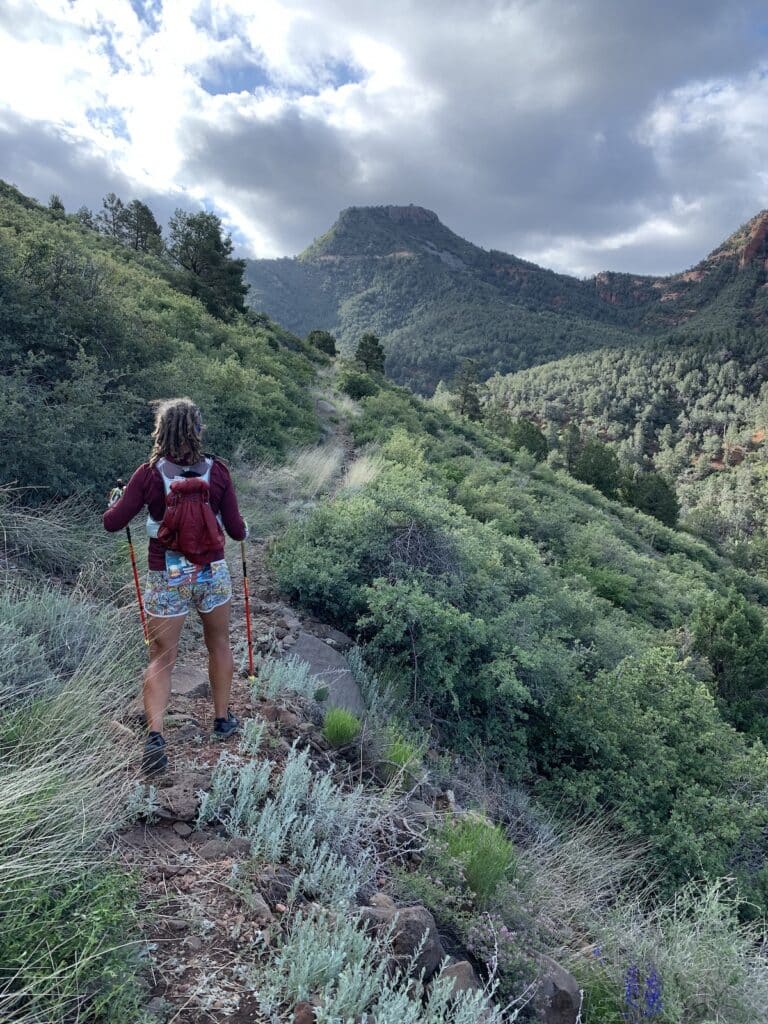
Cocodona 250 was a wonderful adventure for me, and part of what made it wonderful was the crew I had with me. In the end I think the most important part they played was witnessing my promise to NEVER EVER do it again – but that there will definitely be more long-distance trail races of 100 miles or less in my future. I wish for all of you a fabulous squad to make your next ultra-adventure just as amazing.
About the Author

Share This Article!












